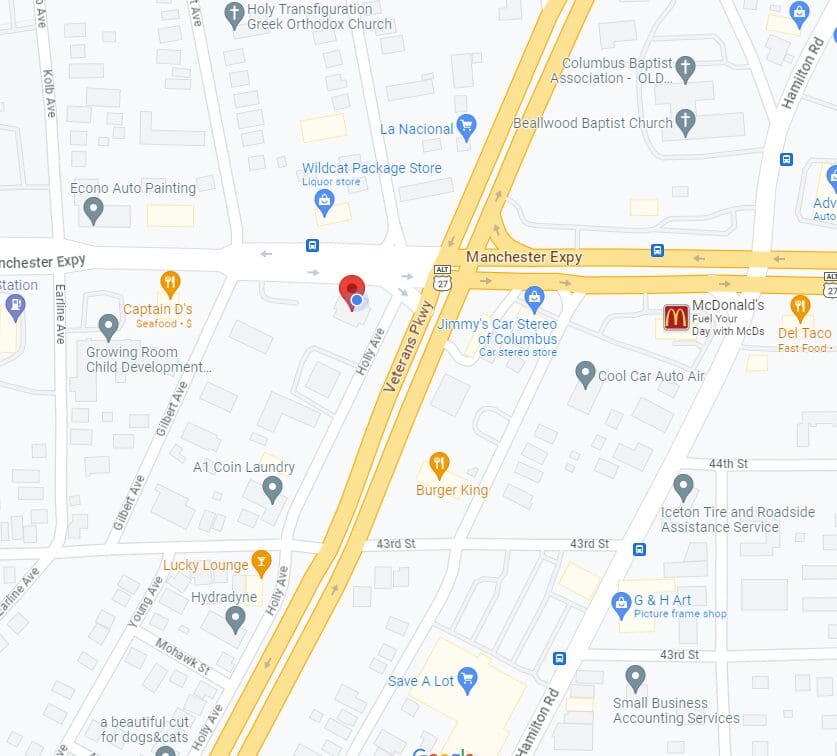Your home’s roof is a vital shield against the elements, providing protection for your family and belongings. However, over time, roofs can develop various forms of damage. Two common types of roof damage are hail damage and blistering. For the average person, distinguishing between them can be challenging. In this article, we’ll help you learn how to identify hail damage vs. blistering and understand why it’s essential to tell them apart.

Hail Damage: A Force of Nature
Hail damage occurs when hailstones, ranging from tiny pellets to baseball-sized chunks, fall from stormy skies and strike your roof. These ice balls can leave various marks on your roof’s surface, often appearing as dark spots, dimples, or larger dents. In severe cases, hail can displace the protective granules from shingles, making your roof more vulnerable to further damage.
Spotting Hail Damage
To identify hail damage, look for dark spots, dimples, or dents on your roof’s surface. Hailstones can also displace granules from shingles, so be vigilant. If left unaddressed, hail damage can lead to roof leaks and, eventually, water damage within your home.
Blistering: An Internal Issue
Unlike hail damage caused by external factors, blistering typically arises due to manufacturing defects or improper installation processes. Blisters resemble tiny bubbles or raised areas on the surface of roofing shingles, often caused by trapped moisture or air within the shingle. As the sun heats the roof, these pockets expand, creating the characteristic ‘blistered’ appearance. Over time, these blisters can rupture, leading to a loss of granules, similar to hail damage.
Hail Damage vs. Blistering: Spotting the Differences
At first glance, hail damage and blistering may seem similar, but they have distinct origins and appearances. Here’s a breakdown to help you differentiate between them:
- Origin of Damage:
- Hail damage results from hailstones physically striking the roof during storms.
- Blistering is typically caused by internal factors like trapped moisture or manufacturing defects.
- Visual Appearance:
- Hail damage appears as randomly dispersed dark spots, dents, or dimples on the roof’s surface.
- Blistering looks like small bubbles or raised portions on the shingle, caused by internal pressure.
- Distribution Pattern:
- Hail damage usually spreads across the roof, following the path of a hailstorm.
- Blistering may appear localized or spread unevenly across the roofing, depending on the cause.
- Response to External Factors:
- Hail damage remains relatively constant unless faced with more hail or external damage.
- Blistering can change with fluctuating temperatures, such as expanding or bursting in extreme heat.
Why Knowing the Difference Matters
Understanding the difference between hail damage and blistering is crucial for several reasons:
- Targeted Repairs:
- Identifying the true cause of the problem ensures you address it correctly, saving time and money.
- Economic Implications:
- Treating the wrong type of damage can be costly and leave your home vulnerable to further issues.
- Preventative Measures:
- Once you accurately identify the damage, you can take steps to prevent its recurrence, such as investing in impact-resistant shingles or improving ventilation.
- Home Value:
- Unchecked damage can reduce your home’s value, while addressing roof problems maintains its integrity and market value.
Recognizing the differences between hail damage and blistering equips homeowners with the knowledge to make informed decisions. It also ensures your home remains a safe haven against external elements. Roof issues can be complex, but understanding these distinctions helps maintain your roof’s longevity, prevent roof leaks, avoid water damage, and save on costly repairs. Remember, knowledge is power – arm yourself with it to protect your greatest investment: your home. If you suspect roof damage, don’t hesitate to contact us for a professional evaluation and the right repairs.
Are you in need of residential storm damage roofing services or products?
Alliance Specialty Contractor, Inc. is a GAF Certified Contractor and a Full Service, Veteran Owned, Roofing companies near you that specializes in handling Storm Damage and Insurance Claims! We are the #1 source for all your roofing needs and your full-service roofing company that specializes in Storm damage roof replacement for all properties. We offer roof financing for your roof replacement.
You can count on our highly skilled team to provide fast and reliable free roofing inspections. We deal directly with insurance to ensure you receive the coverage you deserve and provide the best products from GAF. Are you in the Pittsview, Seale, Salem, La Grange, Shiloh, Phenix City, Auburn, Opelika, Columbus, Midland, Ft. Mitchell, Salem, Fortson, or Smiths Station?

Contact Us Today!
(877) STORM-11
Leave a Reply